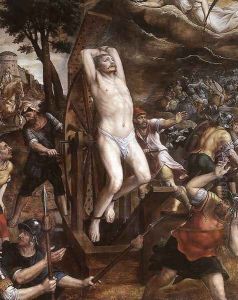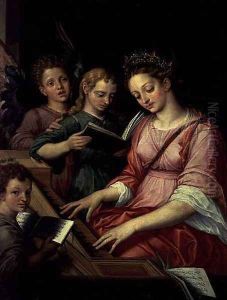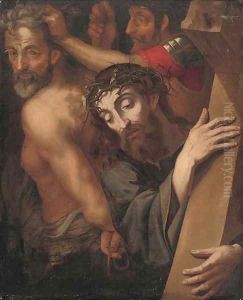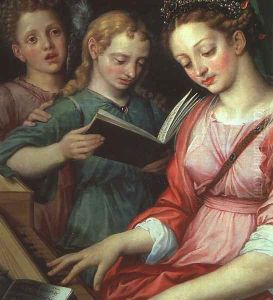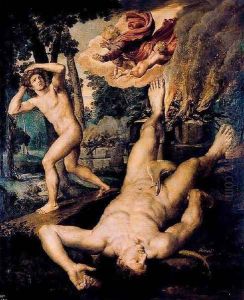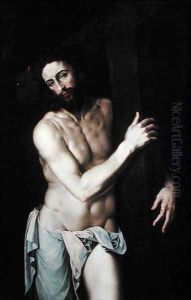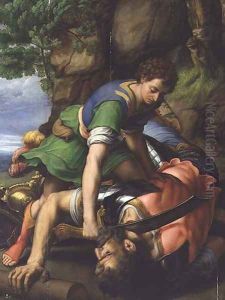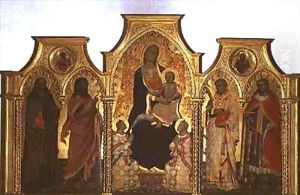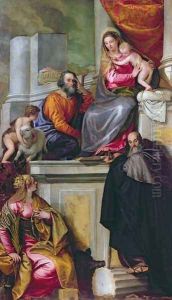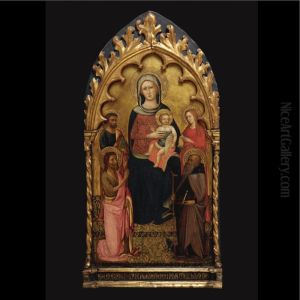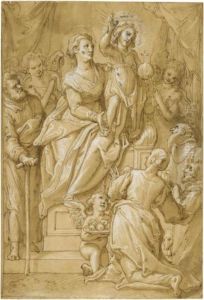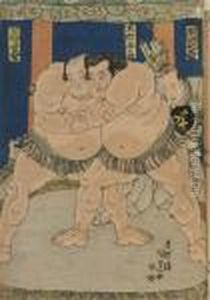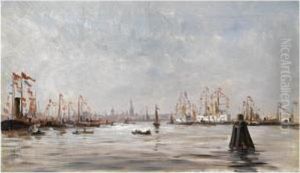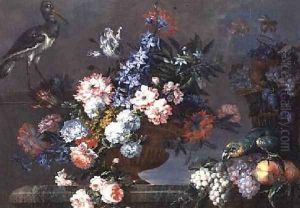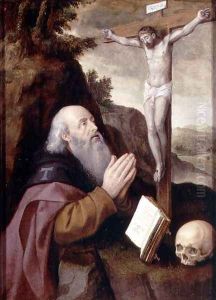





St. Anthony Abbot
-
About Reproduction
Discover the allure of art with our faithful reproduction of "St. Anthony Abbot", originally brought to life by the talented Michiel van Coxie. Unlike posters or prints, our hand-painted oil painting breathes an unique sense of depth and texture into your space. Every detail, every stroke, and every texture is meticulously recreated, paying the perfect homage to Michiel van Coxie and his artistic vision.
Owning this piece is more than just decoration - it's a statement of your refined taste in art. Let the vibrant colors and intricate details of this replica serve as a daily reminder of the beauty in our world. Elevate your decor and appreciate the richness of art with our replica of this masterpiece.
-
Painting Description
"St. Anthony Abbot" is a notable painting by the Flemish Renaissance artist Michiel van Coxie, also known as Michiel Coxcie or Coxien. Created in the 16th century, this artwork is an exemplary piece that showcases the artist's skill in capturing religious themes with a profound sense of detail and adherence to the stylistic elements of the Flemish Renaissance.
Michiel van Coxie, born in 1499 in Mechelen and active until his death in 1592, was a prominent figure in the Northern Renaissance, often referred to as the Flemish Raphael for his ability to blend the Italian Renaissance influences with the Northern European painting tradition. He was known for his meticulous approach to composition, color, and the human form, which is evident in the "St. Anthony Abbot" painting.
The painting depicts St. Anthony, also known as Anthony the Great, who was a Christian monk from Egypt and a prominent leader among the Desert Fathers. St. Anthony was known for his ascetic lifestyle and is often considered the father of monasticism. In art, he is typically represented with attributes such as a pig and a bell, symbolizing his fight against demonic temptations and his role as a healer, particularly of skin diseases, which were sometimes believed to be caused by poison from ergot, a fungus affecting rye and related cereals, hence the association with pigs, which were used in the Middle Ages to purify fields.
Van Coxie's portrayal of St. Anthony Abbot is likely to reflect the saint's hermitage in the Egyptian desert and his spiritual trials. The painting would have served as a devotional image, inspiring piety and reflection among its viewers. It would also have been an opportunity for the artist to demonstrate his skill in rendering textures, from the saint's weathered skin to his simple garments, as well as the desolate landscape that surrounds him.
While the exact location and current ownership of the "St. Anthony Abbot" painting by Michiel van Coxie are not specified here, such works are typically held in museums, churches, or private collections and are studied for their artistic and historical significance. The painting is an important piece within van Coxie's oeuvre and contributes to the understanding of the cultural and artistic exchanges between the Italian and Northern Renaissance.
As with many works of art from this period, the "St. Anthony Abbot" by Michiel van Coxie would be of interest to art historians, scholars of religious iconography, and enthusiasts of Renaissance art for its representation of a significant religious figure and its embodiment of the era's artistic ideals.
-
Lead Time & Shipping
When you order this oil painting replica, it typically takes 2-3 weeks to paint. If the artwork is more complex, it might need a little more time to ensure the best quality. Once it's ready, we'll send you a photo for your approval. After you give the green light, we'll ship it to you for free.
-
Return & Refund
We believe in the quality of our hand-painted oil painting reproductions, and your satisfaction is our priority. If for any reason, you are not completely satisfied with your purchase, we offer a 45-day return policy. You can return your artwork within 45 days of receipt and receive a full refund. Please note that the artwork must be returned in the original packaging and in the same condition as it was received.





